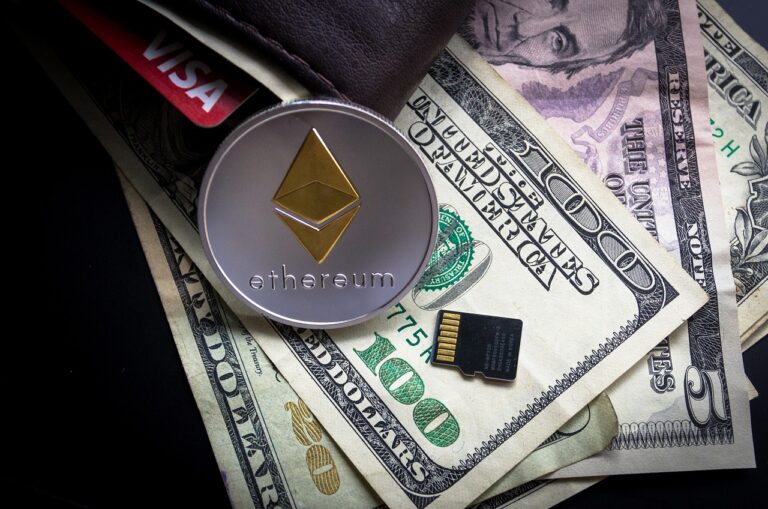The Role of Gamification in Enhancing Employee Engagement and Productivity
Incorporating gamification in the workplace has shown to boost employee engagement and motivation levels. By introducing game-like elements such as rewards, badges, and friendly competition, employees are encouraged to stay focused, work harder, and achieve their goals. This not only enhances productivity but also creates a more positive and dynamic work environment.
Furthermore, gamification promotes skill development and continuous learning among employees. Through challenges and interactive activities, individuals are able to improve their problem-solving abilities, critical thinking skills, and collaboration with team members. This results in a more skilled and adaptable workforce that is better equipped to handle the fast-paced and ever-changing demands of the modern workplace.
How Gamification Motivates Employees
Gamification, when integrated into the workplace, serves as a powerful tool for motivating employees. By incorporating game-like elements such as rewards, points, and leaderboards into everyday tasks, employees are more inclined to actively engage with their work. This gamified approach taps into humans’ inherent desire for achievement and recognition, driving them to put in extra effort to accomplish their goals.
Furthermore, gamification fosters a sense of friendly competition among employees, encouraging them to strive for excellence and surpass their own limits. This healthy competition not only increases productivity but also creates a more vibrant and dynamic work environment where team members are constantly challenged to improve themselves. As employees see their progress and achievements visually represented through gamified systems, they are motivated to push themselves further and reach new heights of performance.
The Impact of Gamification on Employee Performance
Gamification in the workplace has proven to be an effective tool in enhancing employee performance. By incorporating game elements such as points, badges, and leaderboards into tasks and projects, employees are motivated to achieve their goals in a more engaging and interactive manner. This increased engagement leads to higher productivity, improved job satisfaction, and a greater sense of accomplishment among employees.
Furthermore, gamification fosters a sense of friendly competition among employees, driving them to strive for excellence and continuously improve their performance. This healthy competition not only boosts individual performance but also enhances team collaboration and overall success. Employees feel a sense of purpose and fulfillment as they work towards achieving rewards and recognition through gamified tasks, ultimately leading to a more motivated and high-performing workforce.
• Gamification enhances employee engagement and motivation
• Incorporating game elements like points, badges, and leaderboards boosts productivity
• Friendly competition among employees drives performance improvement
• Gamification leads to increased job satisfaction and sense of accomplishment
• Employees feel a sense of purpose and fulfillment through gamified tasks
What is gamification in the workplace?
Gamification in the workplace is the use of game design elements and principles in a non-game context to motivate and engage employees in achieving their goals.
How can gamification benefit employees?
Gamification can benefit employees by increasing their motivation, engagement, and productivity. It can also foster a sense of collaboration, competition, and achievement within the workplace.
How does gamification motivate employees?
Gamification motivates employees by providing them with clear goals, instant feedback, recognition for their achievements, and a sense of progress and accomplishment. It also makes tasks more enjoyable and challenging.
What impact does gamification have on employee performance?
Gamification has been shown to improve employee performance by increasing their engagement, motivation, and productivity. It can also enhance their learning and development, as well as promote a positive work culture.
Are there any downsides to implementing gamification in the workplace?
While gamification can have many benefits, it is important to carefully design and implement gamification strategies to ensure they are effective and do not create unintended consequences such as competition or disengagement among employees.







